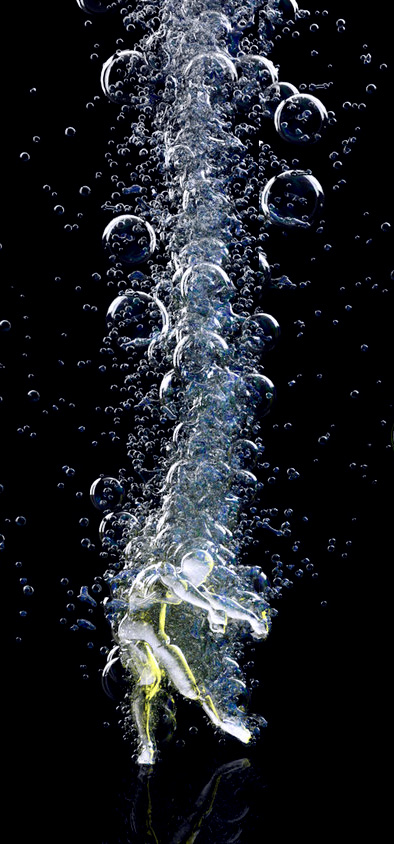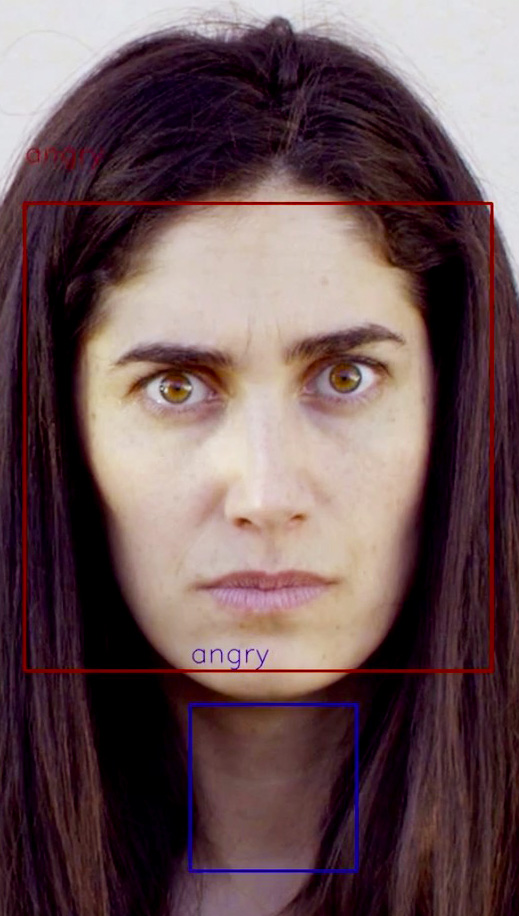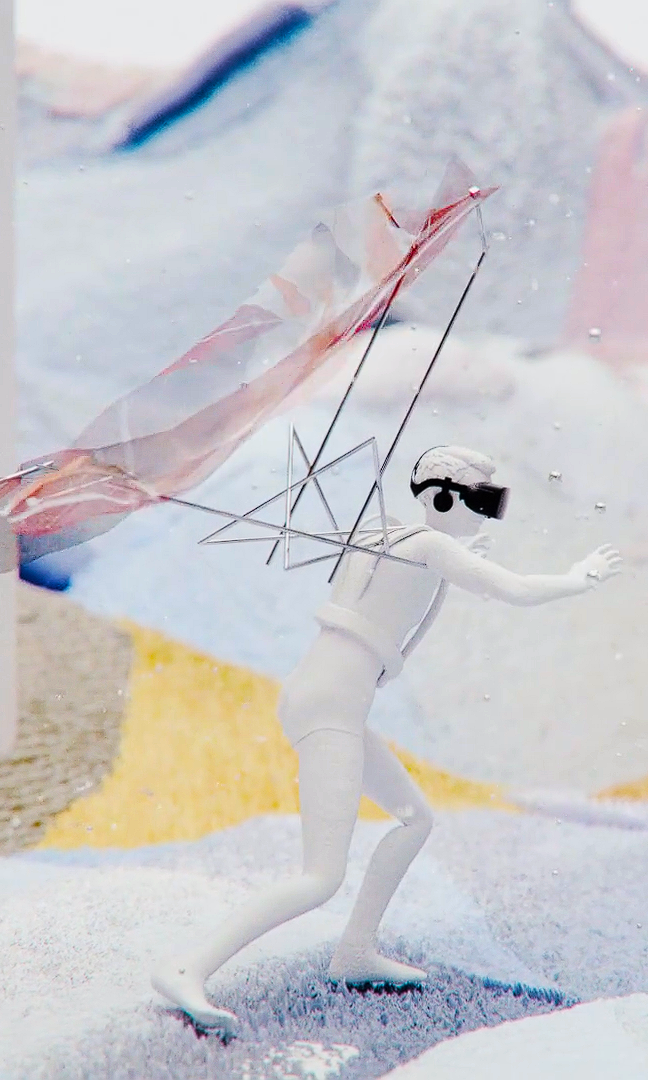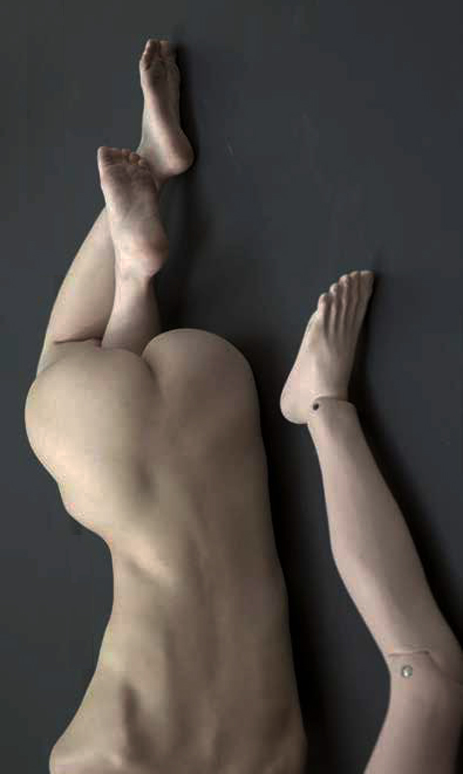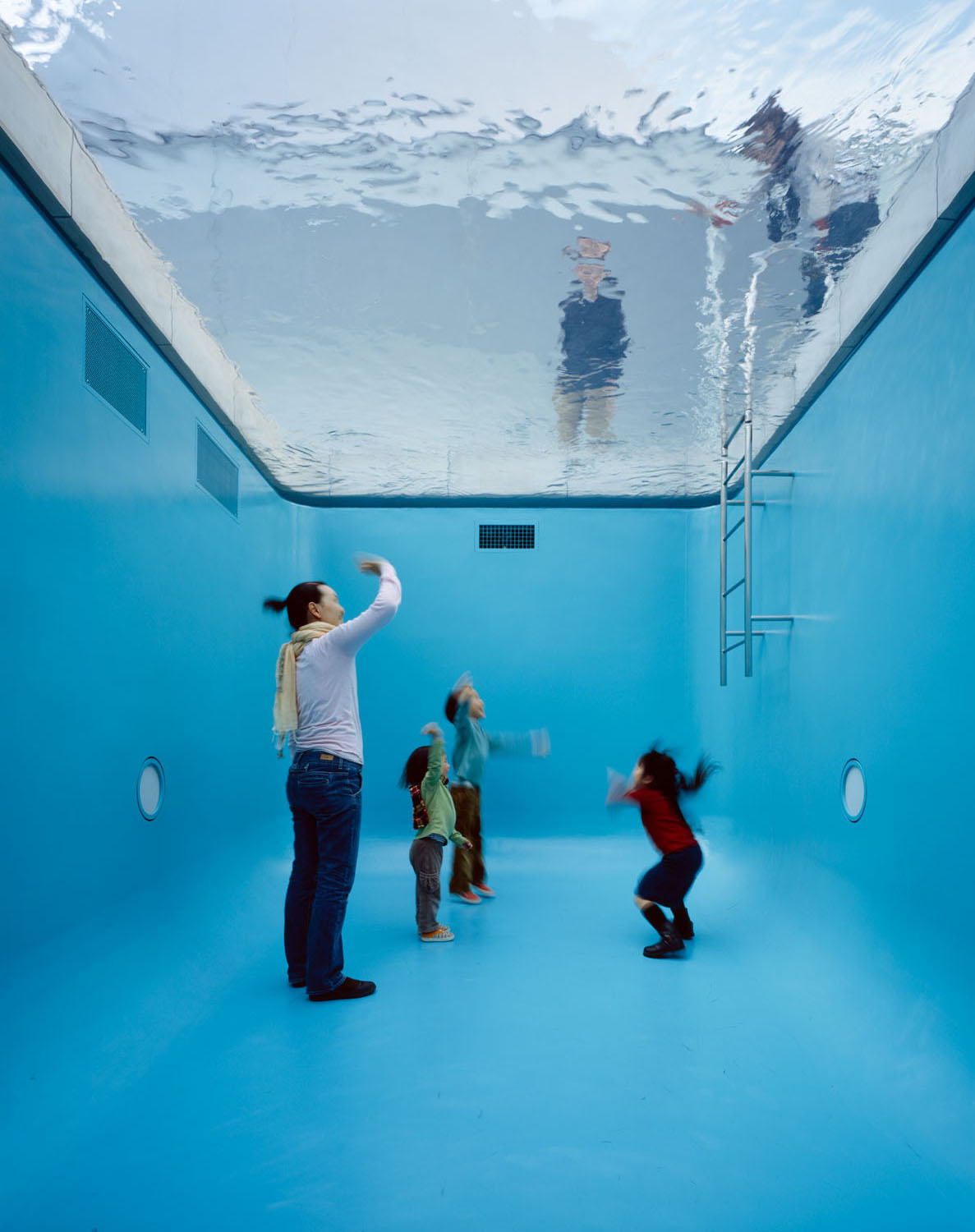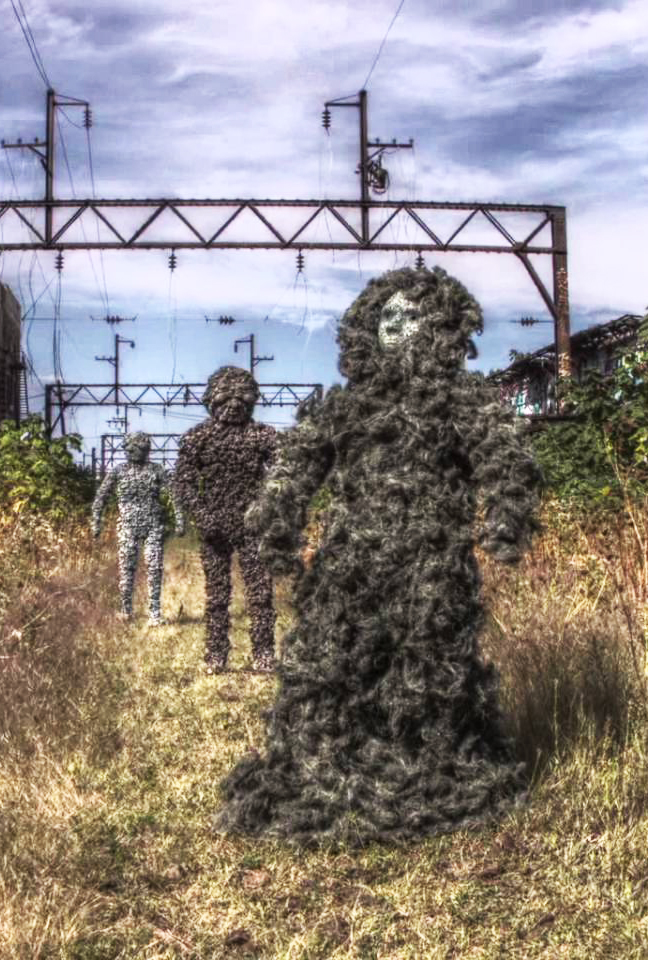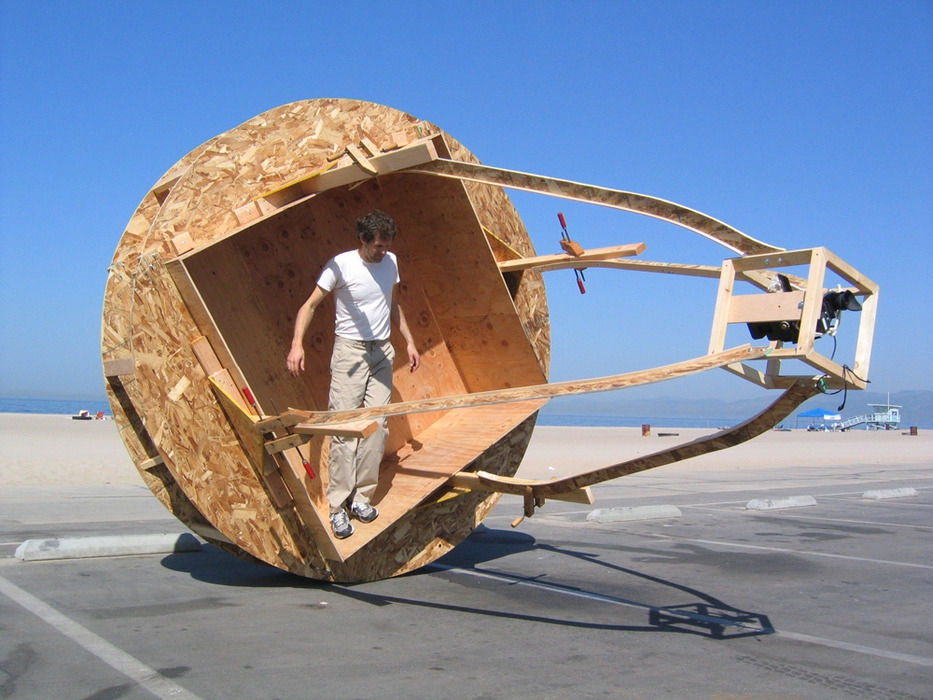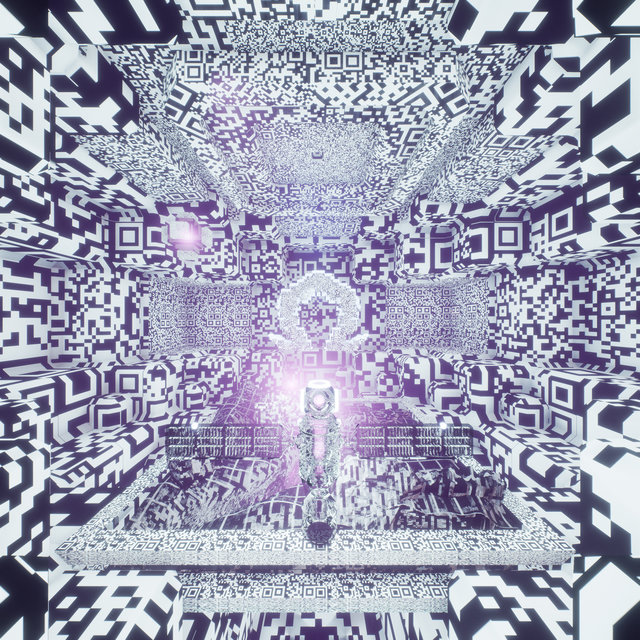
Lawrence Lek
Unreal
Lawrence’s accompanying soundtrack is a delicate lattice; complex, opaque and entirely synthetic. Diva’s yearning vocals, sung in English and Mandarin, cast classical melodies over billowing, intricately arranged songs. Her voice is created with a Vocaloid voice synthesiser, giving it an uncanny feeling. Her confessional lyrics draw empathy from the listener, as she reveals her fears of becoming an irrelevant influencer, obsolete in a machine-driven age.
The lead single ‘ unreal’ is launched with a harrowing video adapted from the film.

